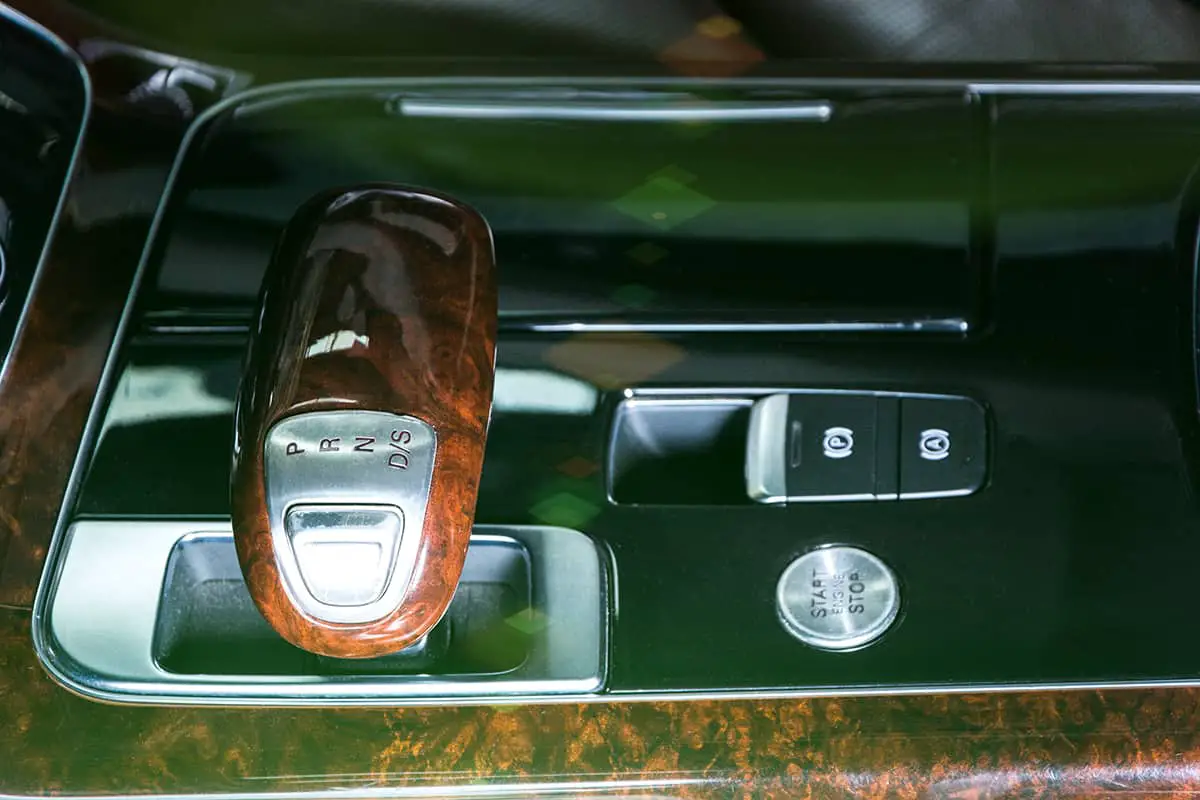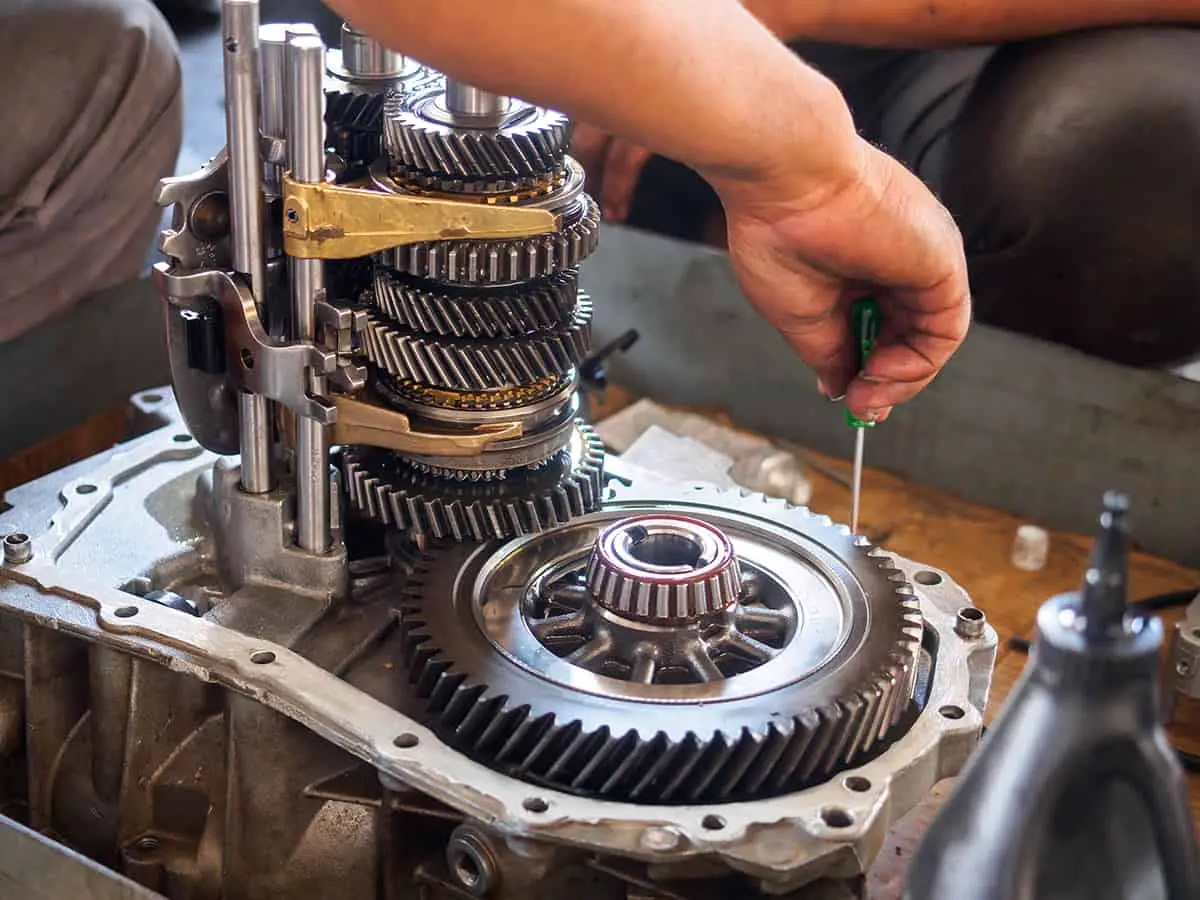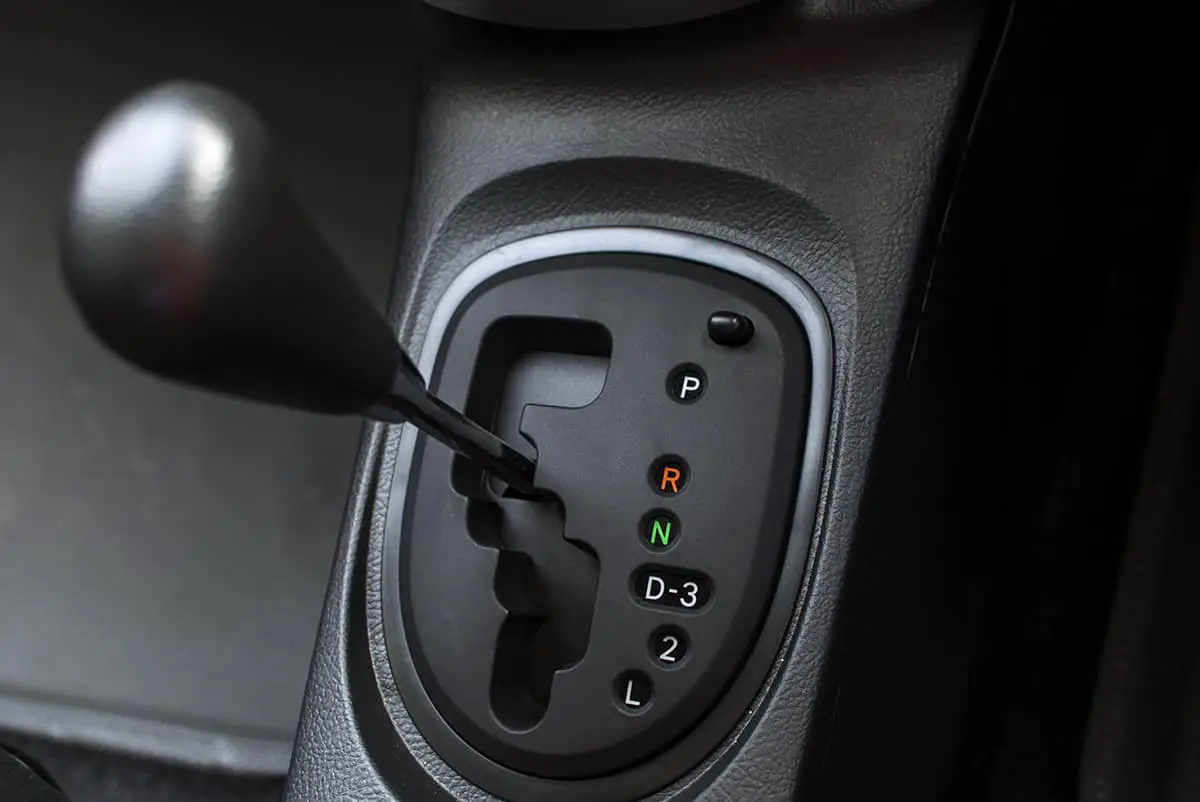Have you ever tried to drive your car, and it won’t move even though you put it in gear? This is a big problem and can be scary too. It’s called a transmission problem and it can be frustrating and dangerous if you don’t fix it.
The reasons why your automatic transmission goes into gear but won’t move can be due to the following issues:
- Low transmission fluid level
- Damaged or worn-out transmission components
- Failed transmission pump
- Faulty torque converter
- Damaged valve body
- Clogged transmission filter
In this blog post, we’ll explain why your car might be having this issue, how to figure out what’s wrong, and what you can do to fix it. It’s important to take care of your car so you can drive safely!
How Does Automatic Transmission Work?
An automatic transmission is a complex part of your car that helps it move forward or backward smoothly. It uses a fluid to transfer power from the engine to the wheels, allowing you to control the speed and direction of the vehicle.
When you shift the gear selector in an automatic transmission, the system uses a series of gears and clutches to control the amount of power that is transferred from the engine to the wheels. The transmission changes gears automatically based on the speed and load of the car and adjusts to provide the optimal amount of power for different driving conditions.
The fluid in the transmission helps to keep everything running smoothly by lubricating the moving parts and absorbing heat. Regular maintenance, including checking and changing the transmission fluid, is essential to keep the transmission functioning properly.
Reasons Why Your Automatic Transmission Goes Into Gear But Won’t Move

When your car goes into gear but doesn’t move, it can be a frustrating and concerning experience. This problem could be due to various issues with your automatic transmission. In this section, we’ll explore some of the most common reasons why your automatic transmission goes into gear but won’t move, so you can identify the cause and take steps to fix it.
1. Low transmission fluid level
The fluid in your car’s automatic transmission is important because it helps keep the parts moving smoothly and prevents them from getting too hot. When the fluid level is too low, it can make the transmission act up by making it hard to change gears or making the car move slowly.
2. Damaged or worn-out transmission components
The automatic transmission system is composed of many components that work together to transfer power from the engine to the wheels. A damaged or worn-out component can cause the transmission to slip, resulting in poor acceleration and difficulty in shifting gears.
3. Failed transmission pump
The transmission pump is like the heart of the automatic transmission system in your car. It pumps fluid to keep everything running smoothly. If it’s broken, the transmission won’t have enough fluid pressure. Without sufficient fluid pressure, the transmission cannot engage the gears properly, causing slippage and difficulty in shifting.
4. Faulty torque converter
The torque converter is a part of the automatic transmission system that helps the car to start moving. If the torque converter is faulty, it can cause the transmission to go into gear but not move, just like when you step on the gas pedal, but the car doesn’t move forward.
This can happen because the torque converter is not transmitting power properly between the engine and the transmission.
5. Damaged valve body
The valve body is a part of the automatic transmission system that controls the flow of transmission fluid through the system.
If the valve body is damaged, it can cause the transmission to go into gear but not move, just like when you step on the gas pedal, but the car doesn’t move forward. This can happen because damaged valves in the valve body can prevent fluid from flowing properly, causing the transmission to slip and not engage the gears correctly.
6. Clogged transmission filter
The transmission filter is responsible for removing dirt and debris from the transmission fluid, preventing it from circulating in the system.
A clogged transmission filter can cause the transmission to slip, making it difficult to shift gears and leading to poor acceleration. Over time, the lack of fluid flow can cause the transmission to overheat and fail completely.
Fixing Your Automatic Transmission

Once you have identified the cause of your automatic transmission problem, the next step is to fix it. Fixing your automatic transmission can be a complex and costly process, but it’s essential to get your vehicle back on the road. In this section, we will explore some of the common ways to fix your automatic transmission.
1. Repairing or replacing damaged or worn-out components
Over time, the various components in an automatic transmission can wear out and require replacement. These components include the clutch plates, gears, and bands, which can become worn and damaged due to regular use.
The seals and gaskets in the transmission can also wear out, leading to leaks and other problems. Additionally, the torque converter, valve body, and transmission pump can become damaged or worn out, leading to issues with shifting and movement.
If you’re unsure of how to inspect or replace these components, we suggest paying a trustworthy mechanic a visit. They should be able to diagnose and fix the issue.
2. Flushing the transmission fluid and replacing the filter
To do this, you’ll need a few things: a new transmission filter, a transmission fluid funnel, and a new transmission fluid.
- First, find the transmission fluid pan located underneath the vehicle. Carefully remove the bolts and drain the old fluid into a pan.
- Next, remove the old transmission filter and clean the transmission pan thoroughly.
- After that, install the new filter and replace the pan, securing it with bolts.
- Now it’s time to refill the transmission with new fluid. Locate the transmission dipstick and remove it. Using the transmission fluid funnel, slowly pour the new fluid into the transmission until it reaches the proper level.
- Start the engine and let it run for a few minutes, shifting through each gear. This will help circulate the new fluid throughout the transmission.
- Check the fluid level again and add more if necessary. Be sure to dispose of the old fluid properly, as it can be harmful to the environment.
3. Rebuilding or replacing the transmission
Rebuilding involves disassembling the transmission, inspecting and replacing worn out or damaged parts, and then reassembling it. Replacing the transmission involves removing the old one and installing a new or refurbished one.
Both options can be expensive and time-consuming, but may be necessary for an older vehicle with a high mileage. It’s important to consult a professional mechanic to determine the best course of action and ensure the job is done properly.
FAQs
1. How often should I check my transmission fluid level?
It’s recommended to check your transmission fluid level at least once a month or as specified in your vehicle’s owner manual.
2. Can I fix my transmission issue myself?
It depends on the issue and your level of mechanical expertise. Some problems can be fixed with basic maintenance, but others require professional assistance.
3. How long can I drive my car with a faulty transmission?
It’s not a good idea to drive a car with a broken transmission because it can cause more problems and might leave you stuck on the road. How long you can drive it before it stops working completely depends on how bad the problem is. Sometimes, you might only be able to drive a little bit before it breaks down completely.







